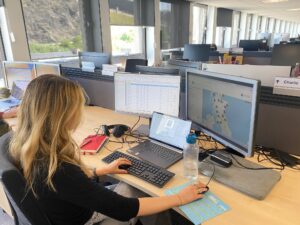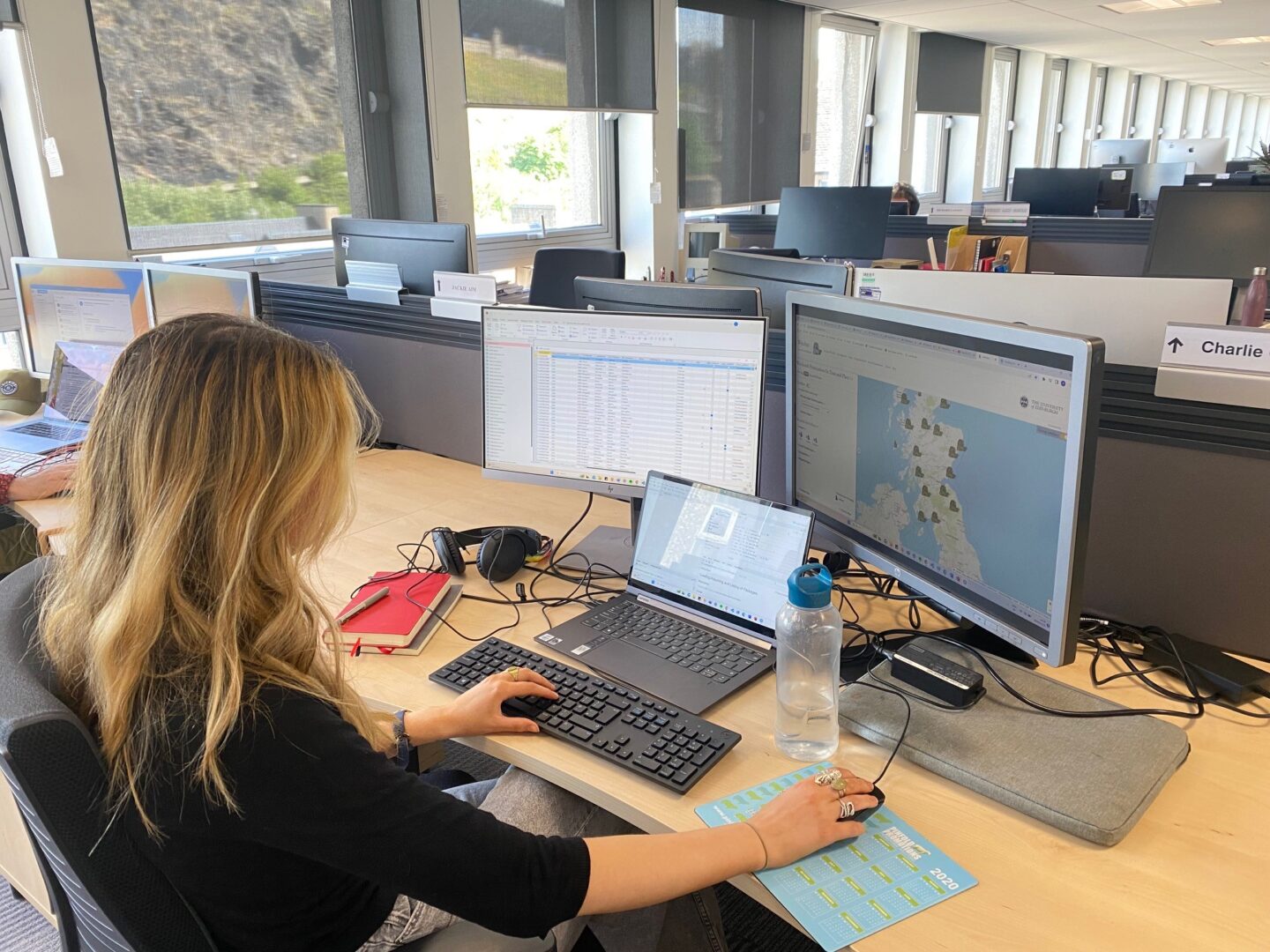Hi! I’m Ruby and I’m a 3rd year undergraduate at the University of Edinburgh studying Computer Science. And I am the new Witchfinder General – Data Visualisation Intern and I am going to be continuing with the great work of the previous interns that have worked on the Survey of Scottish Witchcraft project. So far, many amazing visualisations have been created and added to the website that make it a great educational resource that everyone can access.
These visualisations have been based on the Survey of Scottish Witchcraft Database created by academics in the early 2000’s. Key information from this database has been uploaded to Wikidata, allowing for this data to be more accessible to a large community, and has allowed editing and augmentation by members of the Wikidata community. Most visualisations on the website are creating using the data from Wikidata. Wikidata is part of the Wikimedia family, and is a free and open knowledge base composed of structured data that is used in Wikipedia and projects such as this one.

Familiarizing myself with the datasets and the current website
My Goals for Working on this Project
Since the data has been uploaded to Wikidata, it means there may be differences between the Wikidata and the orginal survey data due to the possibility of import errors and other users editing the data. It is important that we check that the data is all this accurate in order to prevent the spread of misinformation and to respect the original historical record, the historical events, what happened to these women, and the work of the researchers on the Survey of Scottish Witchcraft. The intern previous to me, Claire Panella, developed a method using R Studio to find the entries that don’t match between Wikidata and the original Survey of Scottish Witches databases. She first completed checking the gender and then the names of the accused witches matched the Survey, from this it was discovered there was several anomalies. One of my roles while pursuing this internship is to continue this work of quality assuring the linked open data used in our website. This will be approached by using Claire’s methodology to check all the different variables displayed in the visualisations, then verifying what changes need made by consulting with academic expert colleagues before making any of the changes. This way we will know the information we are displaying is the most accurate version possible. Although, because this is historical data there are omissions and inexactitudes that by opening up the data to a public audience we hope to be able to further scrutinise and improve on what we know about this dark period of Scottish history.
Along with quality assuring the data I will be working on improving the website in order, with the aim of users being able to gain as much from the website as possible. This will in involve making some changes to the user interface in order to make it more accessible and usable by making it more user friendly and easier to navigate. Furthermore, adding any visualisations that we believe will provide insightful information to users of the website. For example, I had the idea of creating a heatmap to show the distribution of the accused witches across Scotland. Whilst working on the website, we will gather ideas and opinions from experts in all things Wiki and Witches!
My First Week
During my first week on this project, I dedicated my time to familiarizing myself with the datasets, which comprise a substantial database with over 3,000 entries. This extensive collection contains a wealth of information about each accused witch, their respective witch trials, and the overarching investigations into witchcraft. Consequently, there were many aspects to consider, and this gave me a lot to think about.
In order for me to effectively use Wikidata, a platform I had limited knowledge about before starting this project, I engaged with various members of the Wikidata community. These individuals offered valuable advice and guidance as I begin navigate this project. In order to make the most of Wikidata’s capabilities, I devoted time to learning how to effectively utilize Sparql (a query language for databases) and Openrefine (an open-source tool specifically designed for working with untidy datasets).
Furthermore, this project has required the development of new skills to effectively manipulate the databases and improve the website. In this pursuit, I acquainted myself with R Studio, a programming language I had not previously worked with. I discovered that R Studio offers a user-friendly interface along with robust statistical and data analysis functionalities, making it a suitable choice of software for the project’s requirements. Additionally, I followed tutorials on Vue.js, the JavaScript framework employed for constructing the website.
Over the past year, interns previous to me have worked on a version 2 of the website with some changes made and extra visualisations added to the website. This version currently has not been made public. Over the course of my internship we hope to get this version to a completed stage and make this version public. To kickstart the process, I engaged in brainstorming sessions to generate ideas for the website. Subsequently, I organized and prioritized these ideas, ensuring a clear direction for the project.
I’m really excited to work on this project. As a Computer Science student, I have some experience with working with large datasets and creating data visualizations and working on web applications, and I am excited to be able to develop these skills. Meanwhile, getting to learn to learn a lot about this historic event and work on a great resource that can educate people on one of the greatest miscarriages of justice in Scottish History.



Leave a Reply